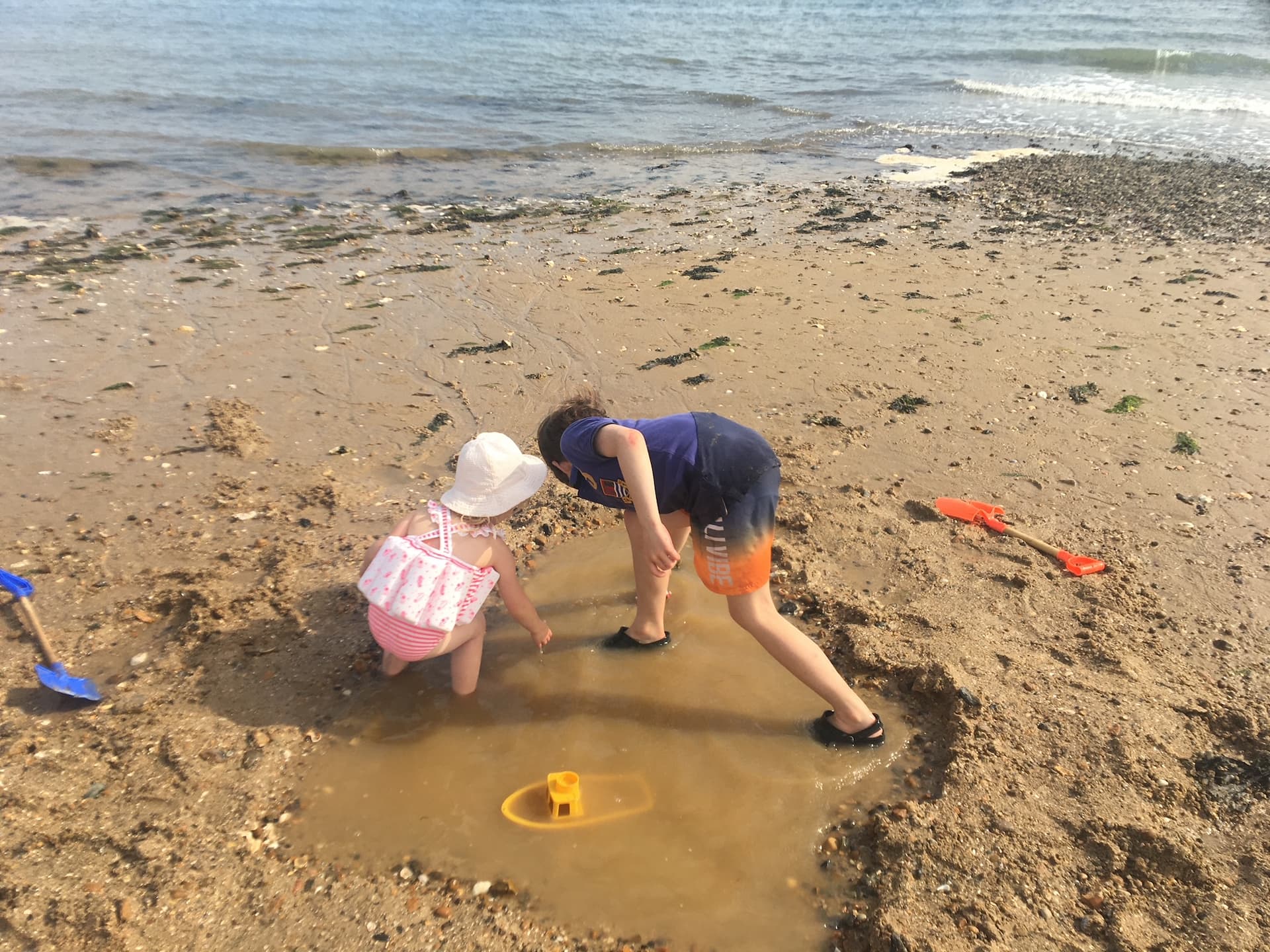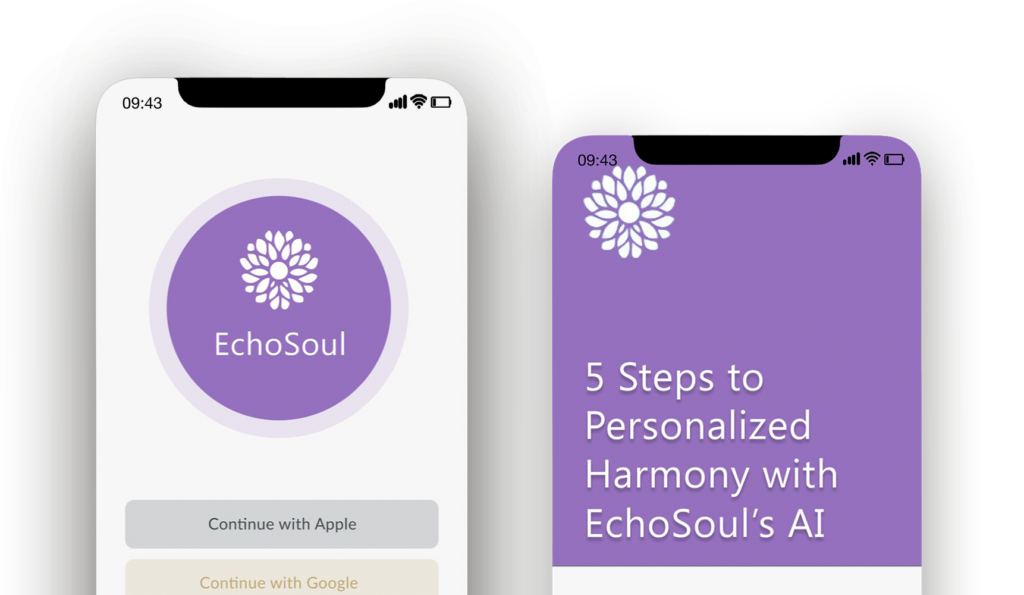Amidst the constant barrage of notifications and digital distractions in our technology-driven world, genuine communication often takes a backseat. Yet, one powerful tool that can significantly improve our relationships and build deeper understanding is active listening. By fully engaging with and understanding others, we can build stronger connections and address each other’s needs more effectively. I recently met up with New Yorkers , Sarah and Tom, who I met at a mutual friends wedding a few years back, and got their take on just how transformative active listening can be.
Sarah, a passionate graphic designer, and Tom, an ambitious software engineer, had been married for several years. Despite their deep love for each other, they found themselves drifting apart amidst busy schedules and the pressures of work and family life. Misunderstandings and frustrations began to creep into their relationship, leaving both feeling unheard and undervalued. Determined to reconnect and improve their marriage, they decided to practice active listening.
Sarah, who, like myself, loves morning yoga and sketching, felt that her creative voice was often overlooked. Tom, an avid gamer and tech enthusiast, felt that his efforts to balance work and personal projects were not fully appreciated. They realised that their communication had become superficial, missing the depth that once connected them so profoundly.
“I realized that truly listening to Tom without planning my response helped me understand him in ways I hadn’t before. I discovered how stressed he felt about work, something I had totally missed while focusing on my own concerns.”
Instead of interrupting or planning their responses while the other spoke, they focused on truly hearing each other. They made a conscious effort to understand their partner’s feelings and needs without judgment. This practice of active listening brought about a remarkable change. Sarah felt genuinely heard and appreciated, and Tom found that understanding Sarah’s perspective helped him respond more empathetically. Their marriage grew stronger, and they felt more connected than ever.
“I never realised how much I was missing by not fully engaging in our conversations. I often found myself thinking about my next work move, tech project or even gaming while Sarah was talking, I began to see the world from her perspective, it opened my eyes more than I expected and it certainly deepened our relationship.”

So what Exactly is Active Listening?
Active listening is more than just hearing words; it involves fully engaging with the speaker, understanding their message, and responding thoughtfully. It requires you to pay close attention, withhold any judgment, and reflect back what you’ve heard to ensure understanding. This process creates deeper connections and helps build trust and respect in relationships. The Benefits of Active Listening include: Enhanced Understanding: By focusing on what the other person is saying, you gain a clearer understanding of their perspective, needs, and feelings. Builds Trust: When people feel heard and understood, it creates trust and strengthens the relationship. Reduces Misunderstandings: Active listening minimises the chances of miscommunication and helps clarify any points of confusion. Encourages Empathy: Understanding someone else’s perspective can enhance your empathy and emotional intelligence.
How to Start Practicing Active Listening
If you are keen to see if active listening could improve your relationship, try this simple action next time you are in conversation with a loved one: concentrate on solely listening, without thinking of what your response will be and pay attention to the speaker’s words, tone, and body language. When they have finished speaking, reflect back what you’ve heard to show that you’re engaged and to ensure you’ve understood correctly. This practice can help you build stronger, more meaningful connections.
Tips for Effective Active Listening
Be Patient and Open-Minded: Listen without rushing to judgment or forming your own response.
Give Your Full Attention: Put away distractions, make eye contact, and focus entirely on the speaker.
Show That You’re Listening: Nod, use verbal affirmations like “I see” or “I understand,” and maintain an open posture.
Reflect and Clarify: Paraphrase what the speaker has said and ask clarifying questions if needed.
Avoid Interrupting: Let the speaker finish their thoughts before responding.

Active listening is a powerful tool that can transform your relationships and enhance your understanding of others. By practicing active listening, you can strengthen your connections, build trust, and foster a deeper sense of empathy. Sarah and Tom’s story is proof of the positive impact that truly hearing and understanding each other can have.
Remember, the next time you engage in a conversation, focus solely on listening. This small but significant action can lead to more meaningful and fulfilling relationships.
For more tips on improving communication and fostering better relationships, explore EchoSoul’s resources and join our community of individuals committed to personal growth and meaningful connections.









